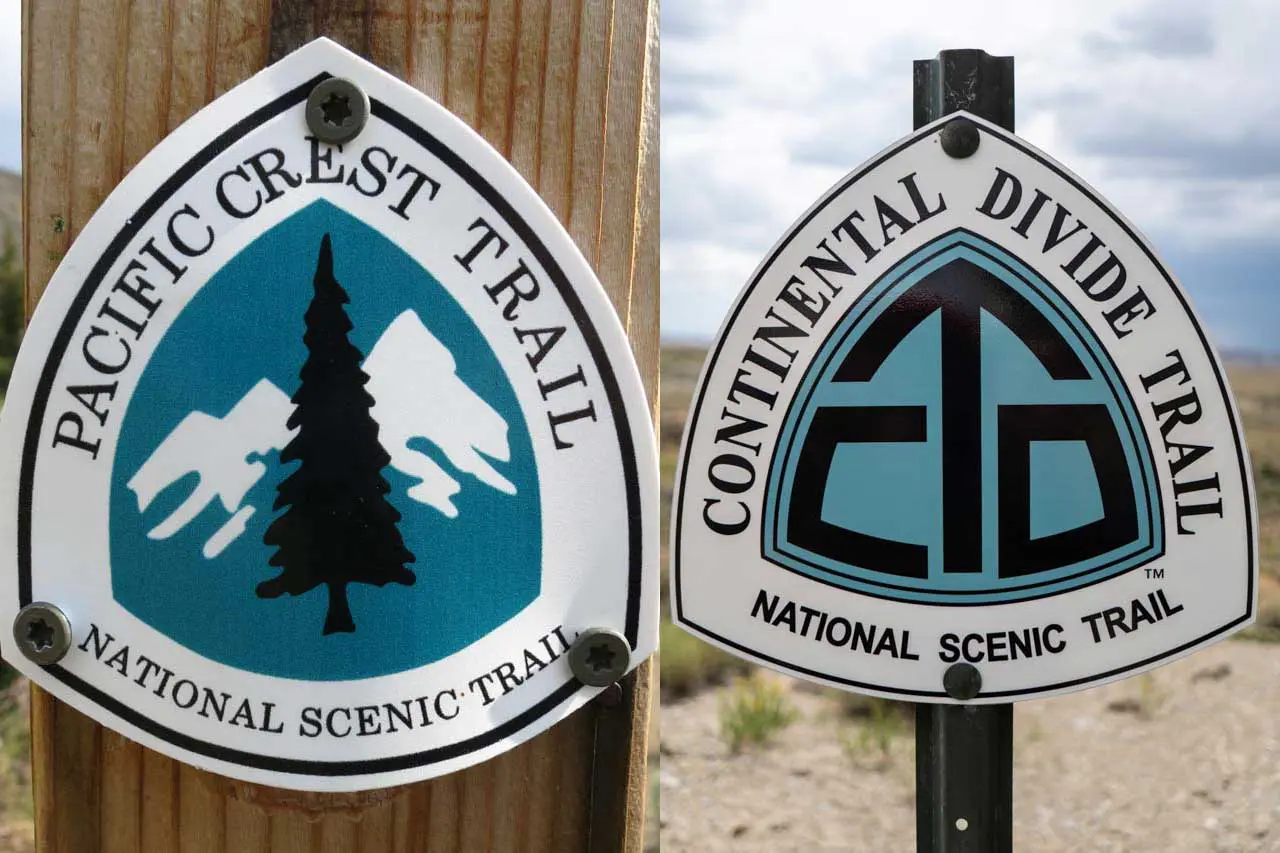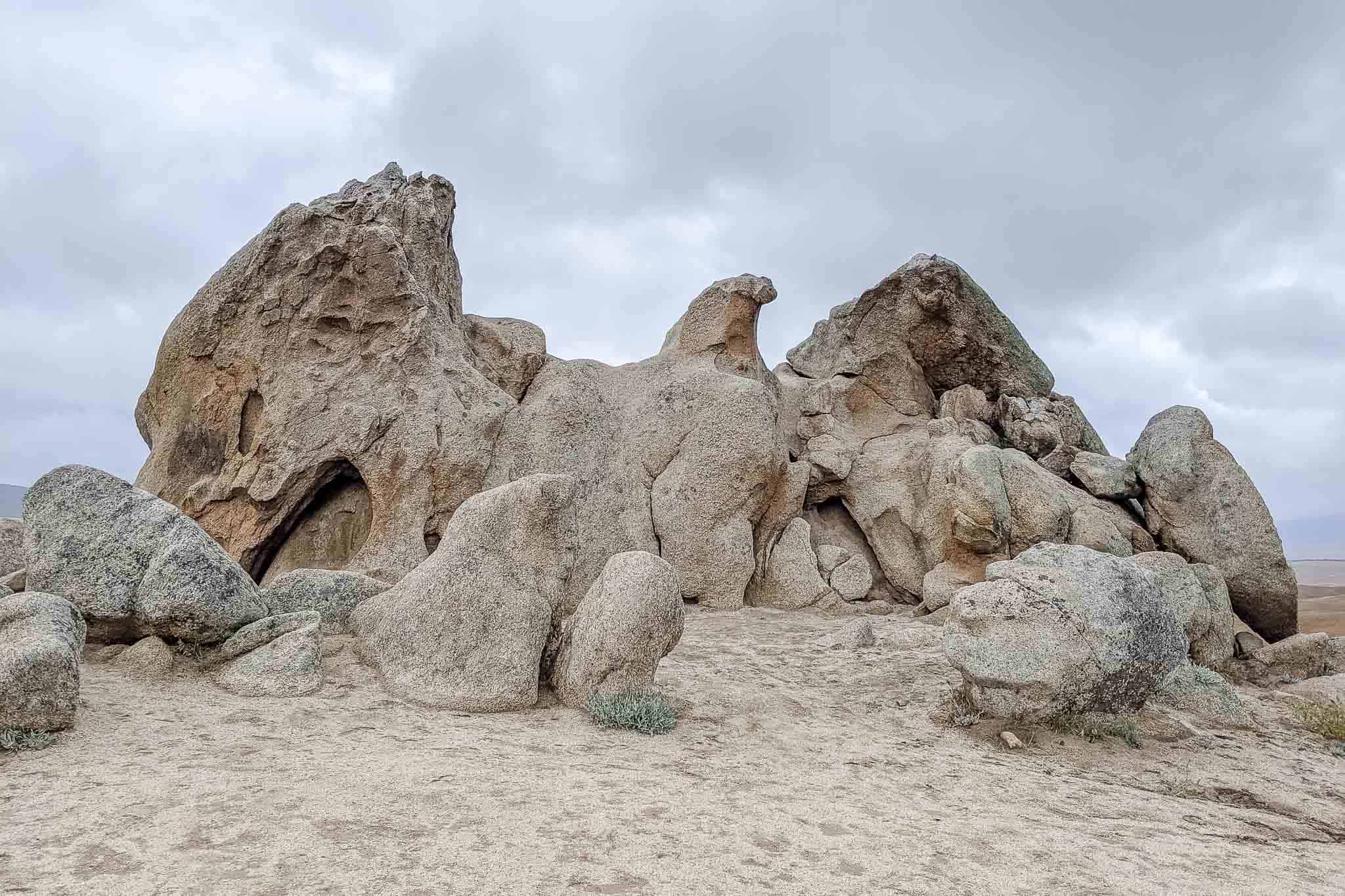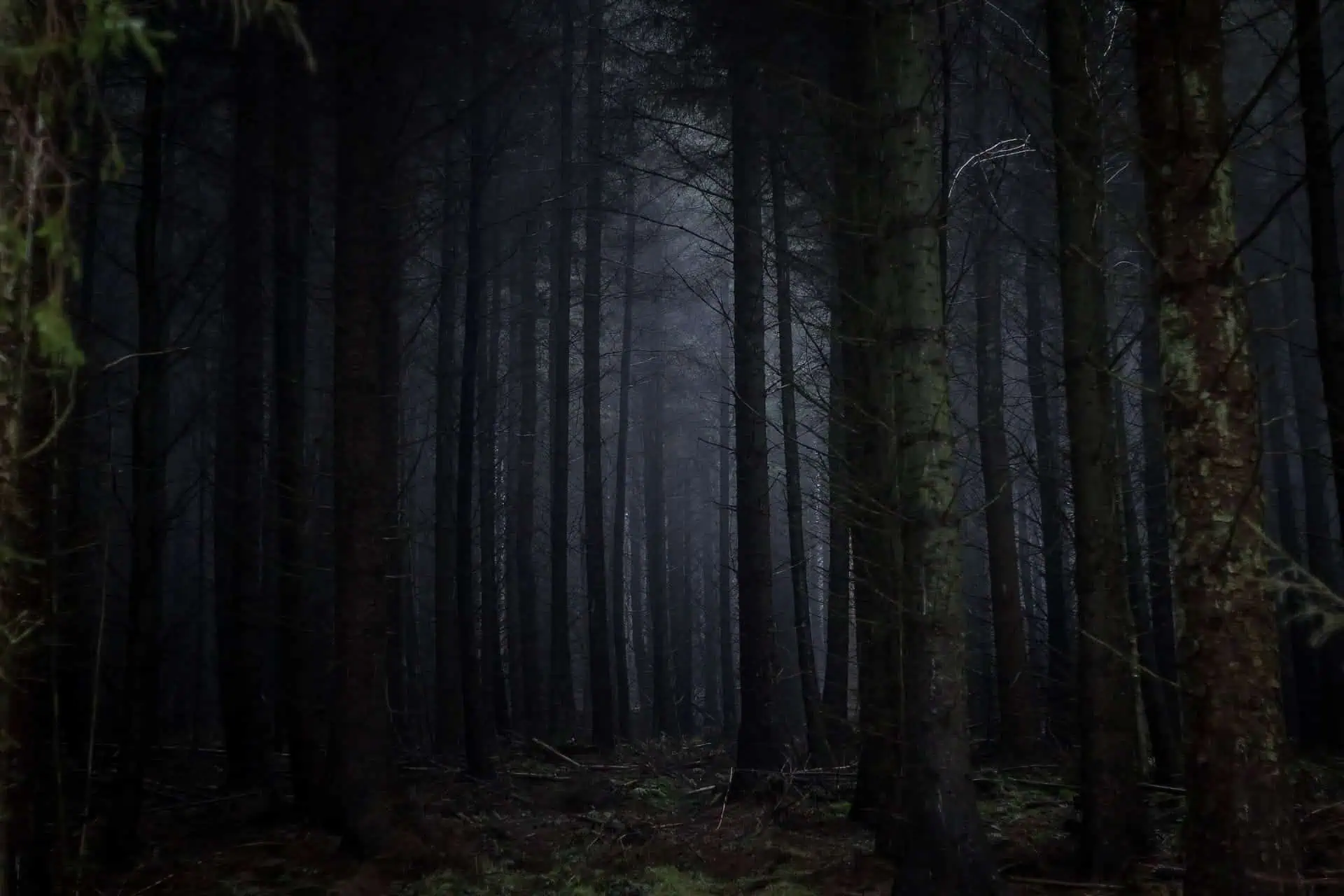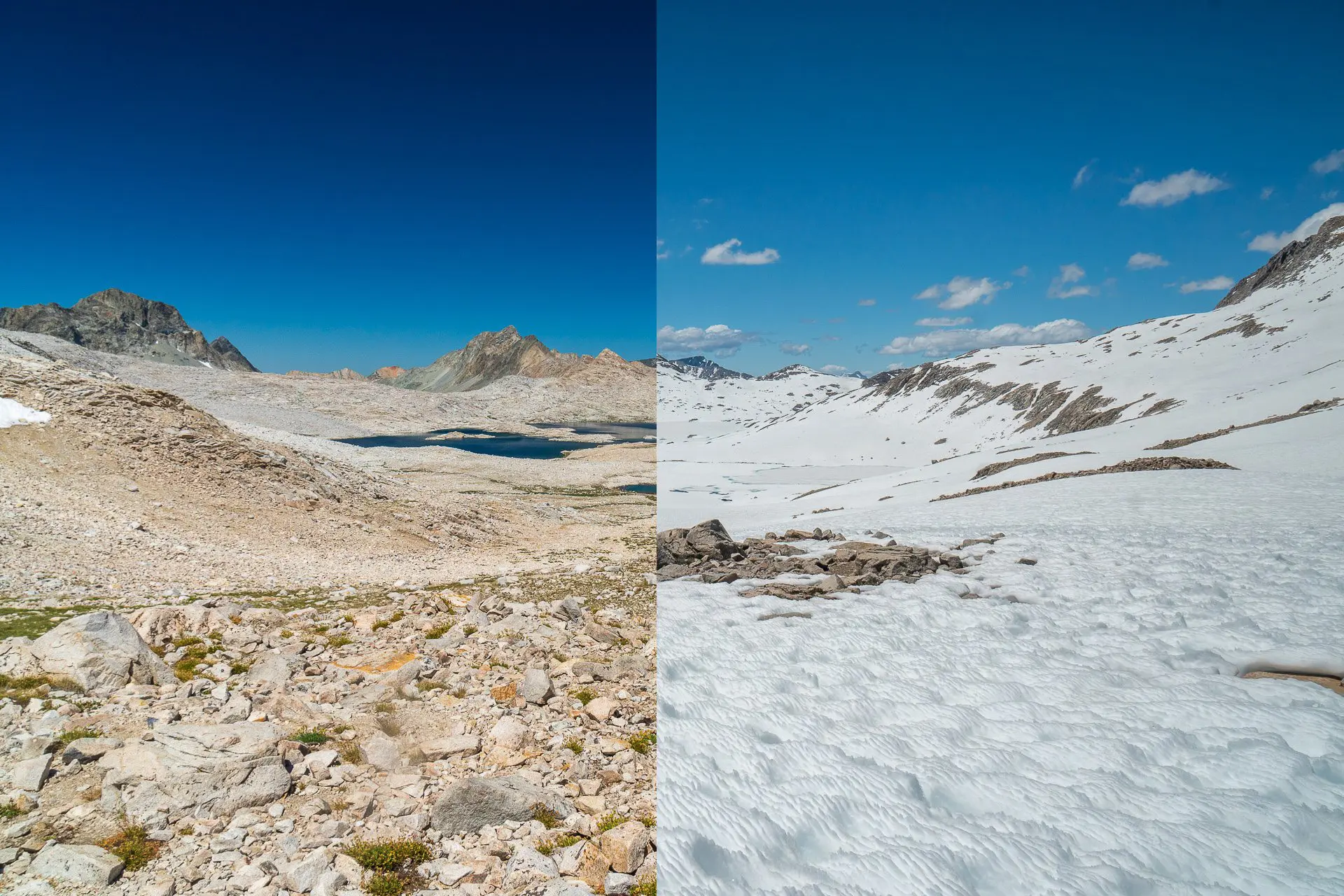Why the PCT Is Better Than the CDT
The Pacific Crest Trail and the Continental Divide Trail are largely regarded as two of the greatest long-distance hiking trails in the world. Hiking one of these trails requires a huge amount of time and dedication; time and dedication that many people will only be able to accommodate once (if ever) in their lives. So which trail should you choose? The PCT? A glorious and community-supported pedestrian-only footpath through magnificent wilderness areas, marvelous trail towns, and some of the most remarkable places on Earth? Or the CDT? A loosely connected maze of road walks through inhospitable terrain, awful weather, and pretentious ultralight backpackers?
The PCT. You should obviously hike the PCT. How dense are you? Here’s why you’re going to hike the PCT and leave the CDT for the birds.


You Actually Hike The Trail
There is one Pacific Crest Trail. With the exception of fire reroutes or the very occasional (and usually short) alternate, everyone is hiking the same route on the PCT. The CDT is a mess. Practically nobody hikes the entire “official CDT” and it’s difficult to even find two hikers who hiked the same route. There are huge and wildly different alternates in every section of the Continental Divide Trail which should you take? Which are worth seeing? Which are a waste of time? What the actual fuck, CDT? Get your shit together. The Pacific Crest Trail is just that, the Pacific Crest Trail. There’s no “The Pacific Crest Trail in Washington except then there’s this one 100 mi / 160 km long detour that cuts off 250 mi / 400 km of the official route that some people take and other people don’t and nobody can agree on which route is best”. No, when you hike the PCT, you’re hiking the same PCT as everyone else. Strength in unity (or something like that).


The Sierra Nevada
You guys, let’s be real. The Sierra Nevada is the greatest wilderness area in the Contiguous United States (I have no experience with Alaska which I consider to be its own beast). Sure, the Continental Divide Trail’s Gila National Forest, San Juan Mountains, Wind River Range, and Glacier National Park are all nice, but none of them have shit on the Sierra. First of all, the Sierra is massive – 400 mi / 640 km north-to-south and 70 mi / 110 km east-to-west. That’s 28,000 mi² / 70,400 km² – that’s an area larger than ten of the States (and nearly the size of the entire country of Taiwan – that’s right, I said it, Taiwan is a country). Within the Sierra, you can find three national parks, twenty wilderness areas, and two national monuments (including Yosemite, Sequoia, and Kings Canyon National Parks). The Sierra is home to giant sequoias (the largest trees in the world), Lake Tahoe (the largest alpine lake in North America), El Capitan (arguably the greatest big wall climb in the world), and Mount Whitney (the highest peak in the Contiguous United States at 14,505 ft / 4,421 m). Need I say more? Nothing on the CDT comes anywhere close to touching the majesty of the Sierra Nevada.


The Bears
You guys, bears are awesome. Animals, in general, are awesome. An often under-appreciated fact of hiking in the United States is how bountiful wildlife is. Bears are no exception to this and if you hike the PCT you’re probably going to see some bears. Black bears, that is. The last (and only) time someone was killed by a wild black bear in California, Oregon, or Washington (aka the PCT)? 1974 (and it was a four-year-old). The last time a bear killed someone in one of the states the CDT passes through? 2018. The time before that? 2016. The time before that? 2015? The time before that? 2014. Need I say more? There’s a reason you’re encouraged to carry bear spray on the CDT and a reason that it’s illegal to do so on many parts of the PCT. Because on the PCT you’re not going to be killed (and probably eaten) by a bear.


The Trail Towns
The Pacific Crest Trail has some great trail towns – and not towns that are great because they’re “charming” or “quaint” (we all know that these are euphemisms for “shit hole”). On the PCT you’ve got places like Idyllwild, Big Bear, Wrightwood, Tehachapi, Bishop, South Lake Tahoe/Stateline, Shasta, Ashland, Sisters, Bend, and Cascade Locks/Hood River. What does the CDT have? A bunch of New Mexico sprawls, overpriced Colorado resort towns, small “omit from the map” towns in Wyoming and Montana? Sure, Helena and Steamboat are cool, but let’s be real, the CDT towns can’t stand up to the powerhouses that are the PCT towns. Not only that, but the towns along the PCT are all aware of the trail’s existence and are oftentimes eager to help and accommodate hikers. You’re not a nuisance, you’re a welcomed guest. PCT towns for the win.


The Access
The Pacific Crest Trail is designated for use exclusively by foot and equestrian traffic. No motorized vehicles and no bicycles. The Continental Divide Trail is lawless – mountain bikes, dirt bikes, ATVs, Jeeps – there are vehicles all over the place. Sure, it’s great if you’re one of the people using one of those vehicles, but when you’re hiking, the last thing you want to worry about is being run over while hiking (because, if you’re on the CDT at least, you’re already worried about being mauled by an angry bear). Does this need any further explanation? PCT – hikers and (rarely) horses. CDT – lawless land of motorized vehicles.


The Weather
Hiking through adversity is one of the things that makes a thru-hike memorable, but that doesn’t mean you need to be miserable on the trail for your thru-hike to have any meaning. Hiking northbound on the Pacific Crest Trail you can probably expect the occasional rainy day or Sierra storm in California and you’ll probably hit some weather in Washington, but it’s (usually) nothing crazy. On the Continental Divide Trail, it can easily be the case that you see a storm nearly every day for a month. What’s that New Mexico? Surprise snowstorm in the desert? Cool. What’s that Colorado? It’s the afternoon? Time to rain down lightning bolts? Excellent. And don’t expect much improvement in Wyoming and Montana. Rain, hail, and lightning were common occurrences on the CDT. Cowboy camping (that is, sleeping without a tent) is something you can do most nights on the Pacific Crest Trail. On the Continental Divide Trail, it’s a luxury (and even when you think it might be okay, you never know).


People Will Know What You’re Doing
If you’ve never thru-hiked before, I can’t even begin to explain to you what things are going to be like once you finish your hike. However, what I can tell you is that most probably everyone in your life (who is not an avid hiker or former thru-hiker) will care very little about what you’ve done. Sure, people may say “COOL!”, “NEATO!”, or “WHAT DID YOU DO FOR FOOD?”, but that’s about it. The benefit of hiking the Pacific Crest Trail? People know what it is. Sure, it’s probably less well-known than the Appalachian Trail, but we are not talking about the AT here, we’re talking PCT vs. CDT. If you tell people you hiked the Pacific Crest Trail, they may respond with something like, “Isn’t that the trail from that one movie or whatever?” If you tell people you hiked the Continental Divide Trail, they may respond with, “What the fuck is that?” And guess what, as soon as you start explaining they’ll turn off their brain because honestly, they don’t care. If you want your hike to mean anything to society, hike the PCT.


The PCT Is Complete
One of the defining features of the Continental Divide Trail? Road walks. Something that all (most) hikers agree is the worst? Road walks. Something there is very little of on the Pacific Crest Trail? Road walks. Why is this? Well, for no other reason than that the Continental Divide Trail is not completed and continuous. The Pacific Crest Trail is complete; it is a trail. The Continental Divide Trail is incomplete; it is a network of haphazardly linked trails sprawled across the Divide. There are large sections of the Continental Divide Trail you could drive a car down. There’s nothing that reminds you that you’re out in nature than a car (or better yet, a dirt bike) zipping past you on the CDT. To call it the Continental Divide Trail at this point is a bit of a stretch. It should be called the Continental Divide Route. If you want to hike an actual trail, hike the PCT; if you want to walk a bunch of forest roads (and paved highways), hike the CDT.


The Thru-hikers
According to the PCT Hiker Survey, most of the hikers on the Pacific Crest Trail are on their first thru-hike. According to the CDT Hiker Survey, most of the hikers on the Continental Divide Trail have already completed a long-distance hike. There is nothing inherently wrong with this, but when you get down to it, people who have already completed a long-distance hike tend to have bad cases of thru-hiker superiority complex. There’s nothing worse than listening to a hiker who thinks he or she is better than everyone else let the world know about the way they do things and about how their gear is superior. They may not come right out and say it, but it’s easy to tell the douche-hikers from the thru-hikers. If you’re a first-time hiker on the CDT, expect to be looked at with contempt; if you’re a first-time hiker on the PCT, expect to be welcomed with open arms.


The Trail Length
You’re already hiking from Mexico to Canada, so why bother yourself by taking a route that’s (supposedly) 500 mi / 800 km longer? Sure, it might sound cool before you hit the trail, but once you’ve hiked for three months, you’re going to wish Canada was closer (especially if you got a late start). Anyway, like I said above, hardly anyone even hikes the entire “official” Continental Divide Trail. CDT hikers are a bunch of fakes. No, you didn’t hike over 3,000 mi / 4,800 km from Mexico to Canada; you know what, you probably hiked less than you would have hiked on the PCT. There are so many shortcuts and reroutes on the CDT that you could easily end up hiking fewer miles than the PCT.


The Water Sources
On both the Pacific Crest Trail and the Continental Divide Trail there are long stretches without water sources. However, the Continental Divide Trail has far more water sources that you would only dare take water from if it was a matter of life and death (as it oftentimes literally is on a thru-hike). New Mexico has notoriously terrible water sources. They’re so disgusting that you feel bad for the cows oftentimes drinking from (and shitting in) them. I guess if you like drinking water that has shit floating in it, the CDT may be the trail for you, but if you want a backcountry experience that doesn’t require you to risk your health and safety drinking cow-poop water regularly, then choose the PCT (note: you might still have to drink cow poop water on the PCT, just not nearly as often as the CDT).

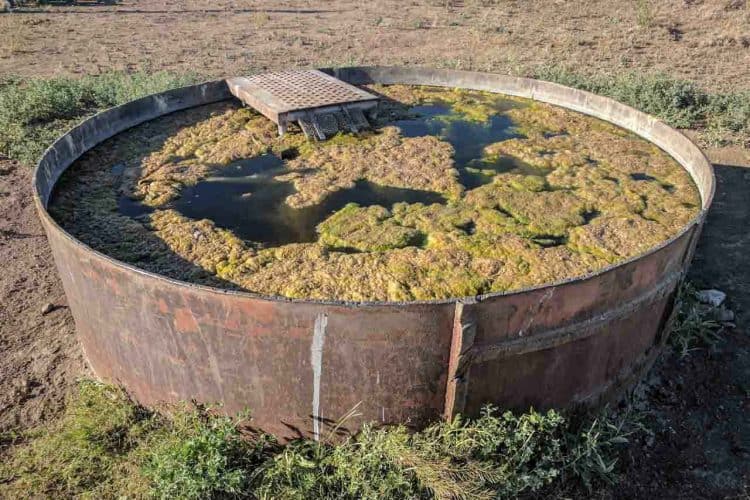
The Permit
The Pacific Crest Trail has its shit sorted. You get one permit for the Pacific Crest Trail that covers you for the entirety of the hike. All of the wilderness areas, all the national parks, all the national forests, all the everything. You get a permit and it permits you to hike the PCT between Mexico and Canada. Cool. The Continental Divide Trail? No permit. Is that because you don’t need any permits to hike the CDT? No! You need at least three permits to hike the CDT and they all have to be obtained individually. On the PCT, you only need an additional permit if you would like to camp in three easily avoidable sections of the trail: the Obsidian Limited Entry Area, the Pamelia Lake Limited Entry Area, and North Cascades National Park. Again, you only need an additional permit if you want to camp in one of these areas. The CDT needs to get sorted.


Conclusion
Look, friends, it’s no contest – the Pacific Crest Trail is the single greatest feature of the American wilderness (and probably the world) and the Continental Divide Trail is a haphazardly put-together network of paved roads sprinkled with know-it-all hikers and deadly bears. If you’re torn between hiking one of these trails, be assured that you will not regret hiking the PCT. When you examine the pros and cons of each long-distance trail, it becomes clear that there’s little room for argument on the side of the CDT – the PCT is the superior hiking trail.
Agree? Don’t agree? It doesn’t matter. But if you feel the need to share your opinions, I welcome you to leave a comment.
